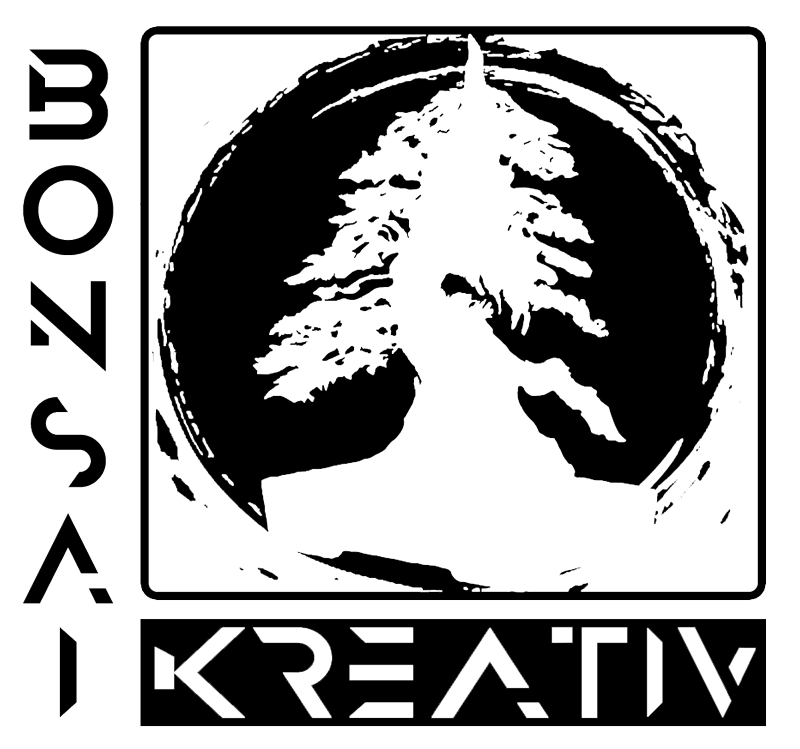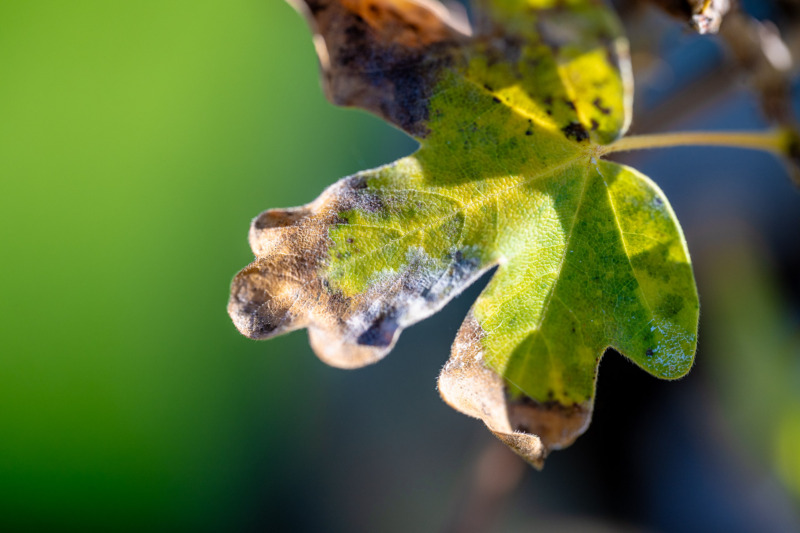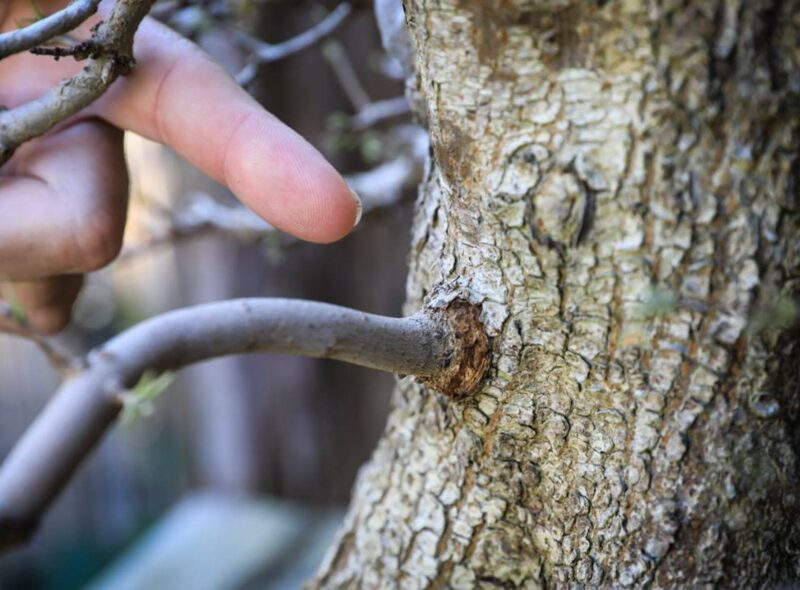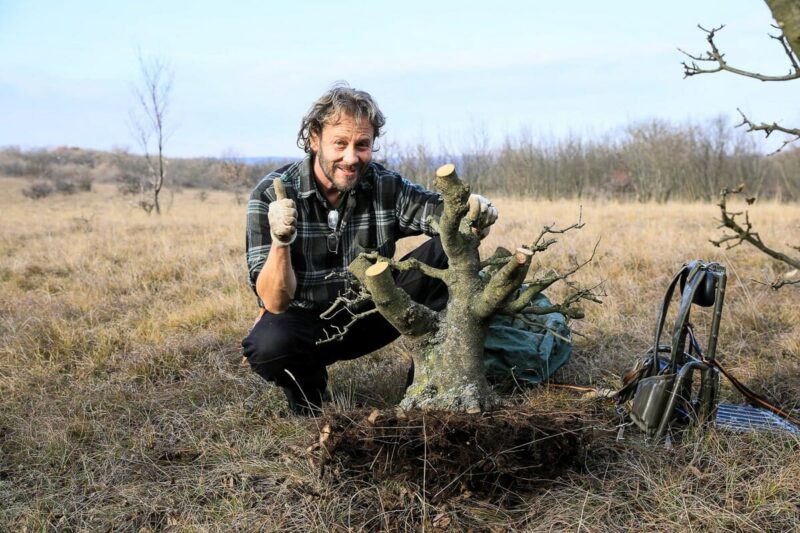Less light and cool temperatures as a signal
In the fall, the days gradually get shorter and it is already much cooler at night than in summer. This is the signal for the trees to slowly break down the valuable chlorophyll. Its individual components are stored in the branches and trunk and can thus be used again to build up other substances.
What remains are, among other things, carotenoids, a class of yellow to reddish pigments. They are found in plants, but also in the skin or egg yolk of birds’ eggs. The best-known carotenoid is found in carrots. Carotenoids color larch and birch leaves yellow to golden yellow.
The red pigment that we can observe on oak and maple leaves, for example, is called anthocyanin. Anthocyanins, on the other hand, are pigments that only occur in the cell sap of land plants. They give the flowers, fruits or leaves their red, but also violet or blue-black coloring.
The brown coloration of beech and oak is caused by tannins that are stored in the leaves. Once the breakdown of chlorophyll is complete, a layer of cork forms between the branch and the leaf. The leaf is then cut off from the tree’s supply of nutrients and water and falls off.
Fit for the winter
Why do trees and shrubs put so much effort into preparing for winter? One important reason is that the cells of the leaves contain water, which freezes into ice crystals in winter. These can easily destroy the delicate leaf tissue. But the water in the soil also freezes. This means that the tree can no longer be supplied with water.
When the leaves fall, the trees go into a kind of hibernation.




